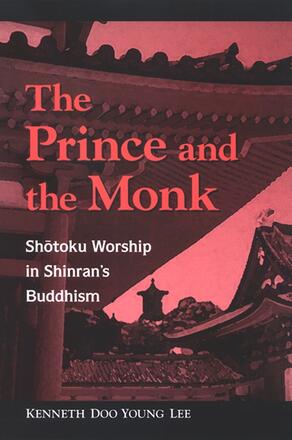
The Prince and the Monk
Shōtoku Worship in Shinran's Buddhism
Alternative formats available from:
How Shinran, a seminal figure in Pure Land Buddhism, was guided by a vision of Shōtoku, the imperial prince who was both a political and religious figure..
Description
The Prince and the Monk addresses the historical development of the political and religious myths surrounding Shōtoku Taishi and their influence on Shinran, the founder of the Jōdo-Shinshū school of Pure Land Buddhism. Shōtoku Taishi (574–622) was a prince who led the campaign to unify Japan, wrote the imperial constitution, and promoted Buddhism as a religion of peace and prosperity. Shinran's Buddhism developed centuries later during the Kamakura period, which began in the late twelfth century. Kenneth Doo Young Lee discusses Shinran's liturgical text, his dream of Shōtoku's manifestation as Kannon (the world-saving Bodhisattva of Compassion), and other relevant events during his life. In addition, this book shows that Shinran's Buddhism was consistent with honji suijaku culture—the synthesis of the Shinto and Buddhist pantheons—prevalent during the Kamakura period.
Kenneth Doo Young Lee is Assistant Professor of Religious Studies at California State University at Northridge.
Reviews
"This extremely well-nourished work of scholarship (drawing on eighty-five primary texts in Japanese and one hundred and sixty-eight secondary ones) offers a flood of information on Prince Shōtoku and the vast growth of his legend and cult in medieval Japan." — Japanese Journal of Religious Studies
"The book reflects wide research, supplies a great deal of information in English, and is quite engaging." — Japanese Religions
"Lee's attempt to bring together social, political, personal, and religious considerations to produce a 'thick description' of Shinran is valuable, innovative, and in line with current scholarship in Buddhist studies, which insists Buddhism, or rather the many Buddhisms, must be seen in historical context, what Biblical scholars would call the Sitz im Leben." — Roger Corless, author of The Vision of Buddhism: The Space under the Tree